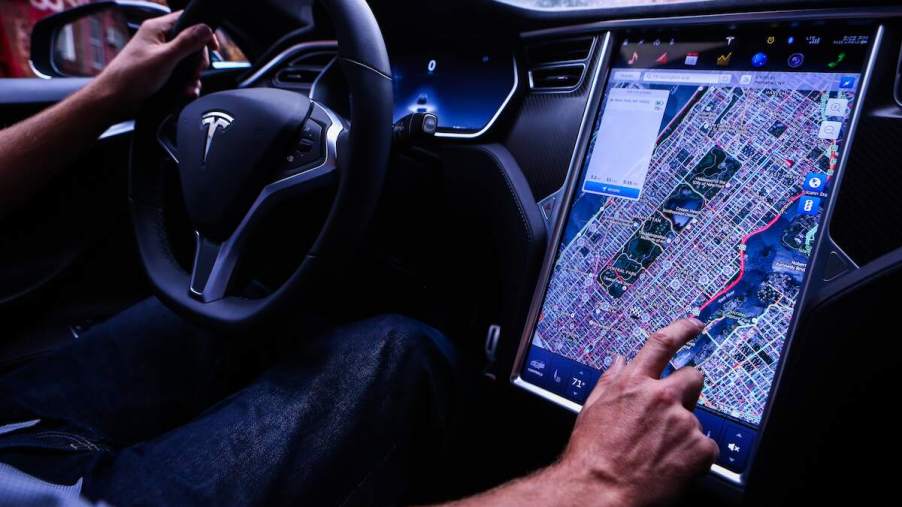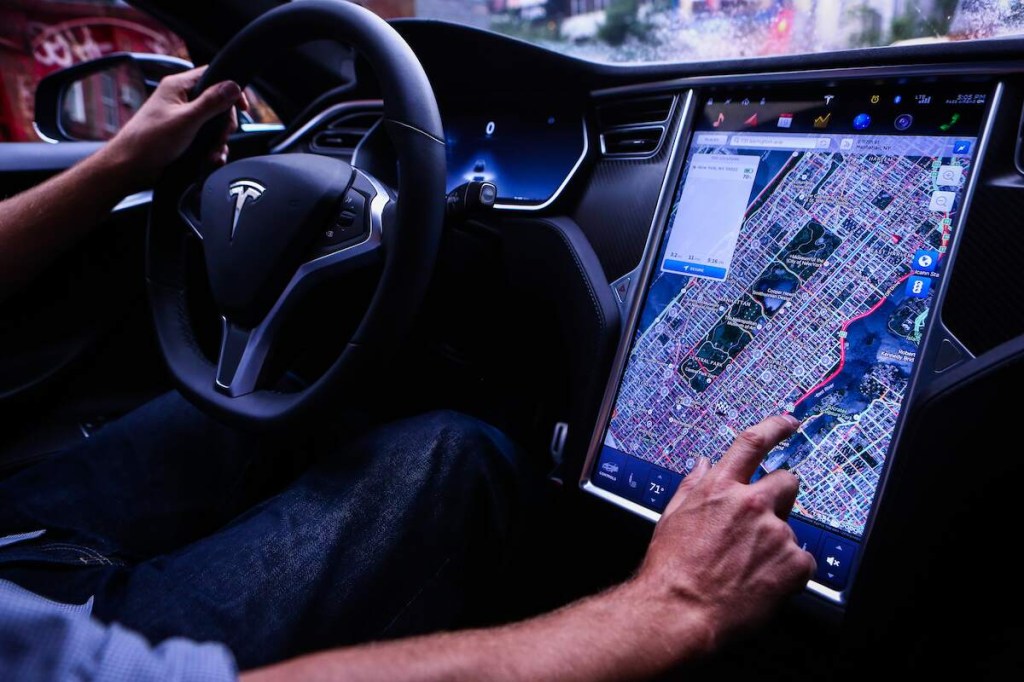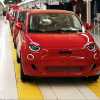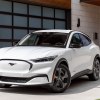
Tesla’s Autopilot May Not Be the Best Active Driving Assistance (ADA) System
According to a recent test conducted by Consumer Reports, Tesla’s Autopilot was not ranked as the best Active Driving Assistance (ADA) system available. They tested and ranked all automakers with ADA systems, including Tesla’s Autopilot, and found that it wasn’t even close to being named the winner. The results of this test may raise concerns about the safety and effectiveness of Tesla’s Autopilot system.
The unique features and benefits of Active Driving Assistance (ADA) technology

Active Driving Assistance (ADA) is a technology that aims to assist drivers in operating a vehicle by taking over some driving tasks. An ADA system uses a combination of sensors, cameras, radar, and software to gather and process data from the environment around the vehicle. This data is used to identify and respond to potential hazards and obstacles, maintain a safe speed and distance from other vehicles, and keep the car within its lane.
One unique aspect of ADA technology is its ability to learn and adapt to different driving styles and conditions. As more data is collected and analyzed, the system can become more accurate and effective in its responses. For example, an ADA system may be able to recognize a particular driver’s habits, such as how often they change lanes, and adjust its behavior accordingly.
Another unique feature of ADA systems is their potential to improve safety and reduce accidents. By taking over some driving tasks, the ADA can help drivers avoid collisions and prevent accidents caused by human error, such as distracted driving or fatigue.
Analysis of Tesla’s Autopilot scores from Consumer Reports
According to Consumer Reports, Tesla’s Autopilot system performed relatively well in terms of capabilities and performance, earning a score of 9 out of 10. The system is equipped with a range of advanced sensors and cameras that allow it to detect and respond to the environment in real time. This enables the system to perform complex maneuvers such as lane changes and automatic braking with high accuracy.
However, the Autopilot system scored poorly in other areas, such as driver engagement, ease of use, and clarity when safe to use. The system scored just 3 out of 10 in terms of keeping the driver engaged, indicating that the driver may become too complacent and not pay sufficient attention to the road while the system is active. Additionally, the system scored 5 out of 10 for ease of use, indicating that the user interface may not be intuitive or easy to understand.
The Autopilot system also scored just 3 out of 10 in terms of clarity when safe to use. This suggests that the system may not always clearly communicate to the driver when it is safe to use the system or when the driver needs to take control of the vehicle.
Finally, the Autopilot system scored 4 out of 10 for responsiveness to an unresponsive driver, showing that the system may not always effectively respond to a driver who is not paying attention or who is not responding to alerts.
Challenges and safety concerns with Tesla’s Full-Self Driving System
Tesla has been striving to develop a more advanced autonomous driving system called Full-Self Driving (FSD), which offers end-to-end self-driving capability. However, CleanTechnica states that the technology has faced several challenges and safety concerns, resulting in a recall issued by the National Highway Traffic Safety Administration (NHTSA) and possible lawsuits due to accidents and safety issues.
According to Yahoo News, Tesla is working to improve the FSD system and has recently released a significant update, FSD Beta v11, that aims to address safety issues and enhance the overall performance of the technology.


